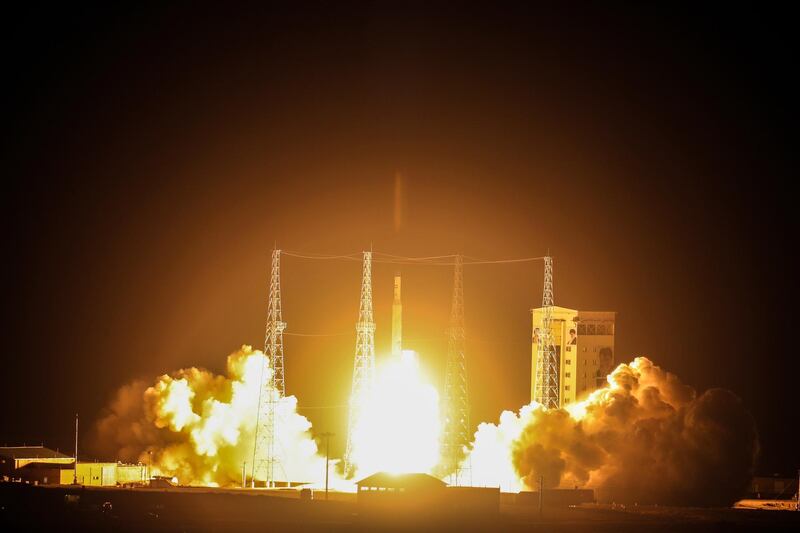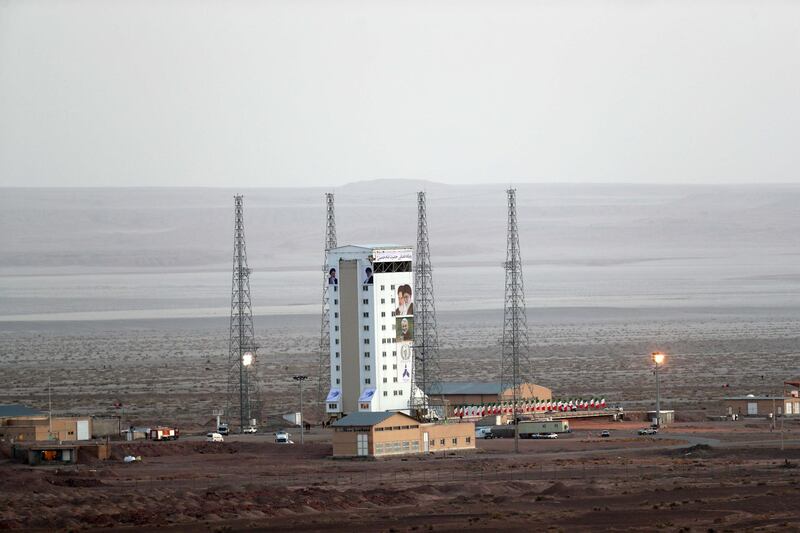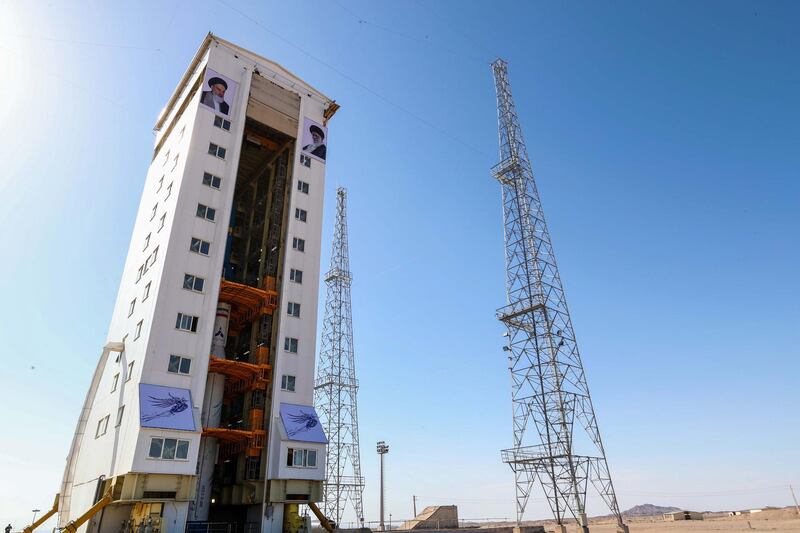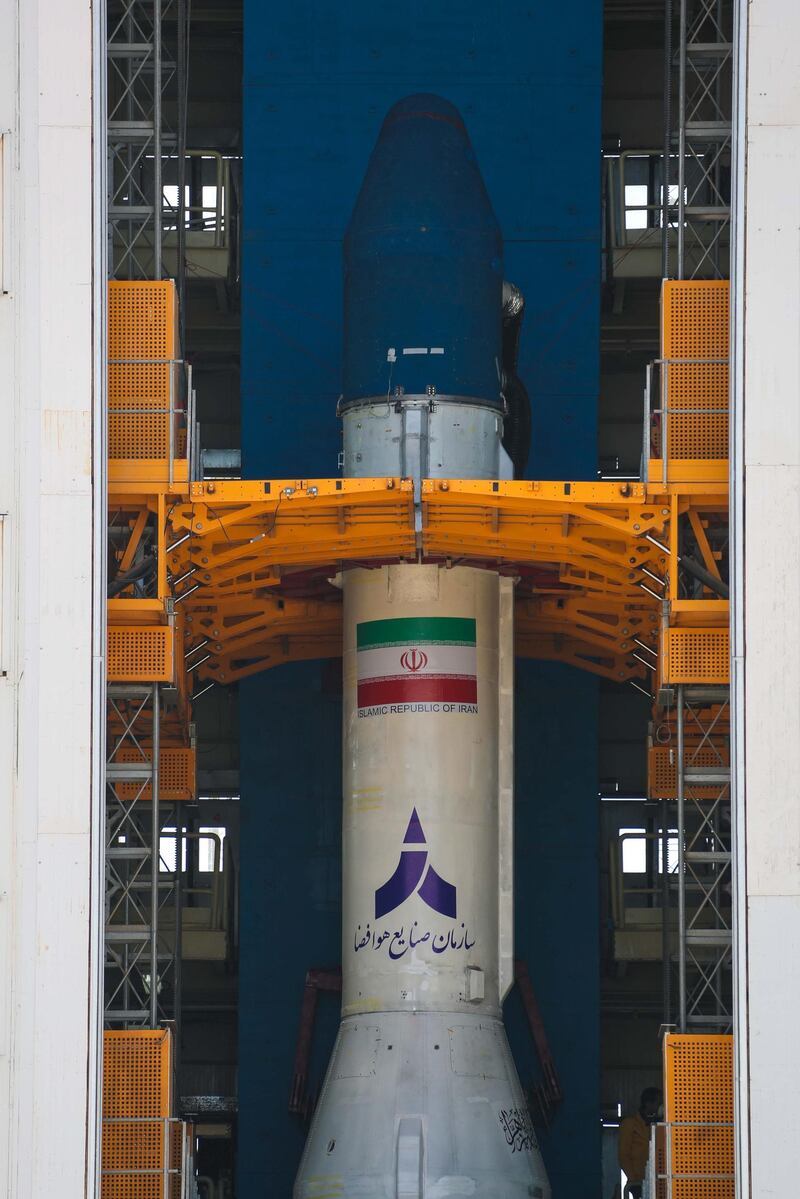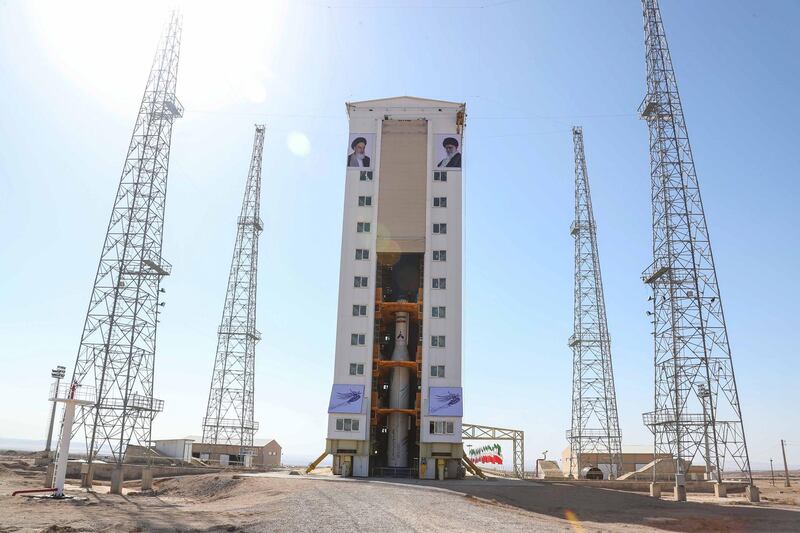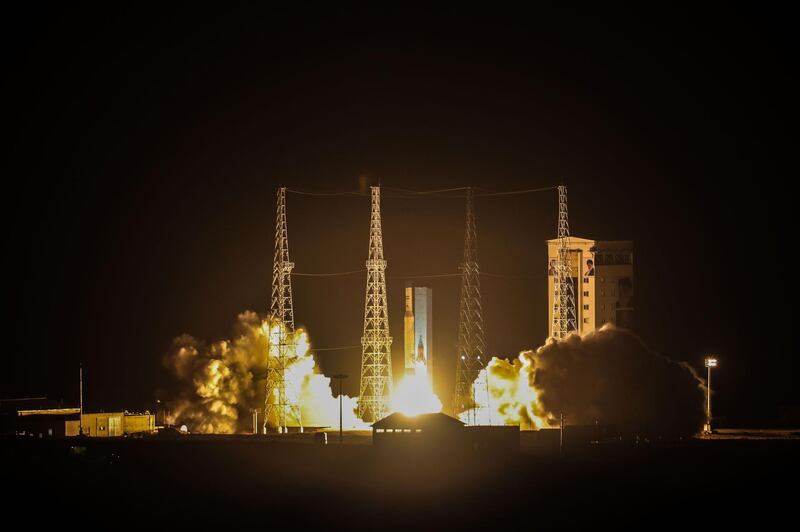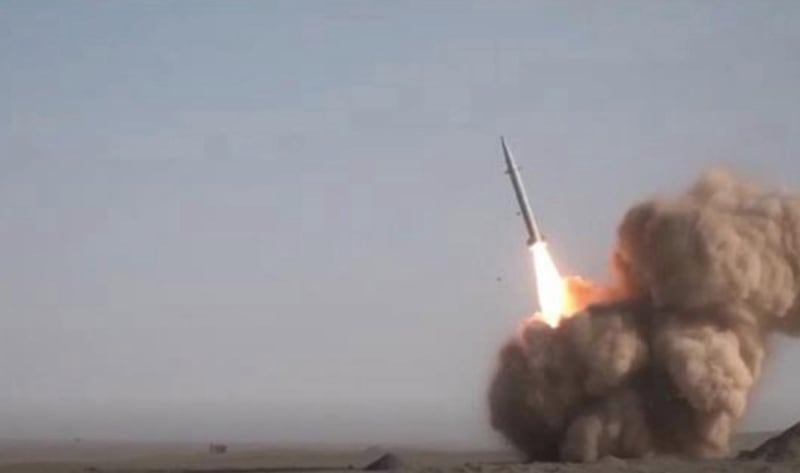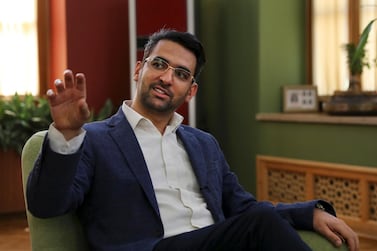US Secretary of State Mike Pompeo on Tuesday accused Iran of honing its ballistic missile skills through a recent failed satellite launch and vowed to exert more pressure.
Iran said on Sunday that it had successfully launched a satellite but that it failed to reach orbit.
Mr Pompeo said the technology involved in a space launch was "virtually identical" to the knowhow for a long-range ballistic missile.
"Each launch, whether failed or not, further allows Iran to gain experience using such technologies that could benefit its missile programs under the guise of a peaceful space program," Mr Pompeo said in a statement.
"The United States will continue to build support around the world to confront the Iranian regime's reckless ballistic missile activity, and we will continue to impose enormous pressure on the regime to change its behaviour," he said.
In 2018, Mr Trump slapped sweeping sanctions on Iran in a bid to decrease its military clout as it withdrew the United States from a nuclear accord negotiated by his predecessor Barack Obama.
Tensions soared last month after Trump ordered a drone strike that killed a top Iranian general, Qassem Suleimani, as he visited Iraq, where Iranian-allied Shiite militias had fired rockets on bases housing US troops.
Iran unveiled its new short-range Thunder missile on Sunday and launched a satellite named Zafar, Farsi for victory.
The Zafar satellite launch was the country's fourth consecutive failure in attempting to put a satellite into orbit.
"We will make improvements for future launches," a defence ministry spokesman said.
Iranian Minister of Information and Communications Technology, Javad Azari-Jahromi, said the satellite launch had not gone as planned.
"I wanted to make you happy with good news but sometimes life does not go the way we want it to," he said.
The last time Tehran tried to do this was in January last year, but the rocket carrying the satellite into space failed to pick up enough speed during the third stage of the flight.
American officials have repeatedly said they fear long-range ballistic technology used to put satellites into orbit could also be used to launch nuclear warheads.
Tehran says it has never pursued the development of nuclear weapons and its clerical rulers say its missile programme is solely defensive.
Iran usually displays its military and space achievements in February during the anniversary of its 1979 revolution that toppled the US-backed shah.
The first picture the satellite had been due to transmit to state media would have been of Suleimani, Mr Azari-Jahromi said.
He said it was launched at 7.15pm local time, from the Imam Khomeini Space Centre in Iran's Semnan province, which is under the control of the Defence Ministry.
State television said Iran's Islamic Revolutionary Guards Corps, which is in charge of the country's missile programme, had unveiled the new missile, called Raad-500.
The missile is half the weight of a similar missile, the Fateh-110, but its range is about 200 kilometres more and it can be powered by a new generation of engines designed to put satellites into orbit.
Israeli Prime Minister Benjamin Netanyahu used the failed satellite launch to attack Iran’s military strategy.
"They are also failing when it comes to the transfer of weapons to Syria and Lebanon because we are acting against that all the time, including during these very days," Mr Netanyahu tweeted on Sunday.
Washington reimposed sanctions on Iran in 2018 after US President Donald Trump pulled America out of the 2015 nuclear deal between Tehran and six world powers.
Under that deal, Tehran curbed its nuclear programme in exchange for the lifting of international sanctions.
But Mr Trump said the agreement was flawed because it was not permanent, did not address Iran’s missile programme and did not include Iran's meddling in regional countries.

